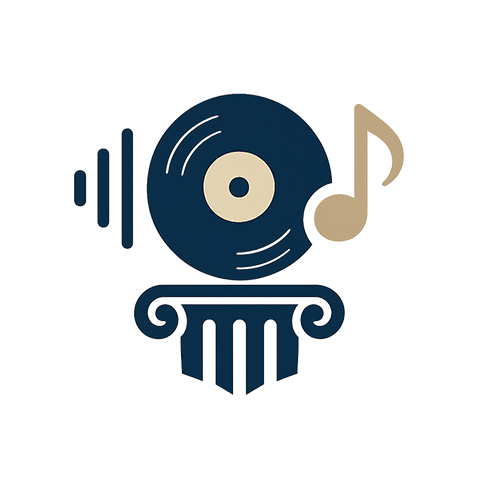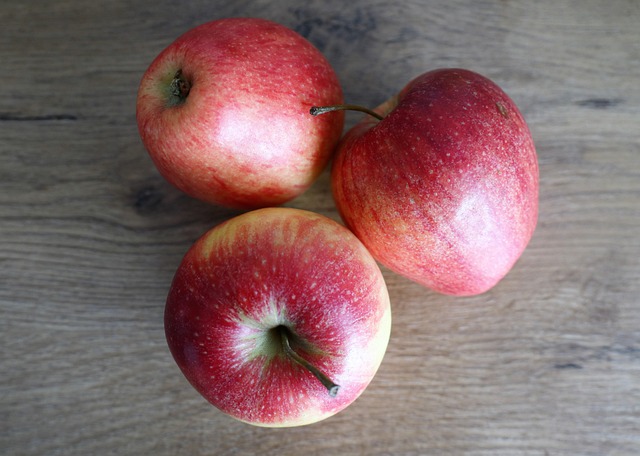Finding Your Groove: The Rise of Rhythm Sections in Rap Music and Its Impact on Nightlife Culture
In the world of rap music, the rhythm section has become an essential element that sets the tone for a killer party. A well-crafted rhythm section can elevate your beats from mediocre to mesmerizing, leaving crowds entranced and begging for more. But what exactly is a rhythm section, and how has its rise in popularity affected nightlife culture?
A rhythm section typically consists of three core components: drums, bass, and keyboards or synthesizers. This combination of sounds creates a powerful foundation that drives the energy of a track. In hip-hop and rap music, the drum machine was once the primary tool for creating beats, but with the advent of live instrumentation, the role of the rhythm section has evolved.
One of the key figures behind the rise of the rhythm section in rap is Kanye West. His 2004 album The College Dropout” marked a turning point in hip-hop production, as he began incorporating live instrumentation into his beats. This approach not only added depth and complexity to his tracks but also paved the way for other artists to experiment with similar techniques.
Another artist who has heavily emphasized the importance of the rhythm section is J Dilla. A pioneering producer known for his jazzy, sample-based productions, J Dilla’s music often featured intricate drum patterns and basslines that added a level of sophistication to his beats. His influence can be seen in many modern rap producers, who continue to draw inspiration from his innovative approach.
The impact of the rhythm section on nightlife culture cannot be overstated. When you step onto a dance floor, the first thing that catches your attention is usually the beat – and in this case, it’s often provided by a skilled live drummer or bassist. The energy generated by a well-crafted rhythm section can elevate even the most mundane club nights into something truly special.
But what makes a great rhythm section? It all comes down to chemistry. When you have musicians who are comfortable playing off each other, creating a dynamic that’s greater than the sum of its parts, magic happens. The drummer provides the backbone, the bassist adds depth and texture, and the keyboardist or synthesist brings it all together with some seriously catchy hooks.
The rise of the rhythm section has also led to a resurgence in interest in live instrumentation in general. In an era where electronic music dominates the charts, it’s refreshing to hear artists incorporating acoustic instruments into their productions. This not only adds a level of authenticity but also creates opportunities for musicians to showcase their skills in ways that were previously unimaginable.
The future of the rhythm section is bright indeed. As producers continue to push the boundaries of what’s possible with live instrumentation, we can expect to see even more innovative and boundary-pushing tracks. And when you step onto a dance floor, it’s likely that you’ll be treated to some seriously impressive drumming or basslines – after all, who doesn’t love a good beat?
Whether you’re a seasoned clubber or just starting to explore the world of rap music, one thing is for sure: the rise of the rhythm section has had a profound impact on nightlife culture. So next time you’re getting ready to hit the dance floor, take a moment to appreciate the incredible musicianship and creativity that goes into creating those infectious beats – and who knows, you might just find yourself lost in the groove.




